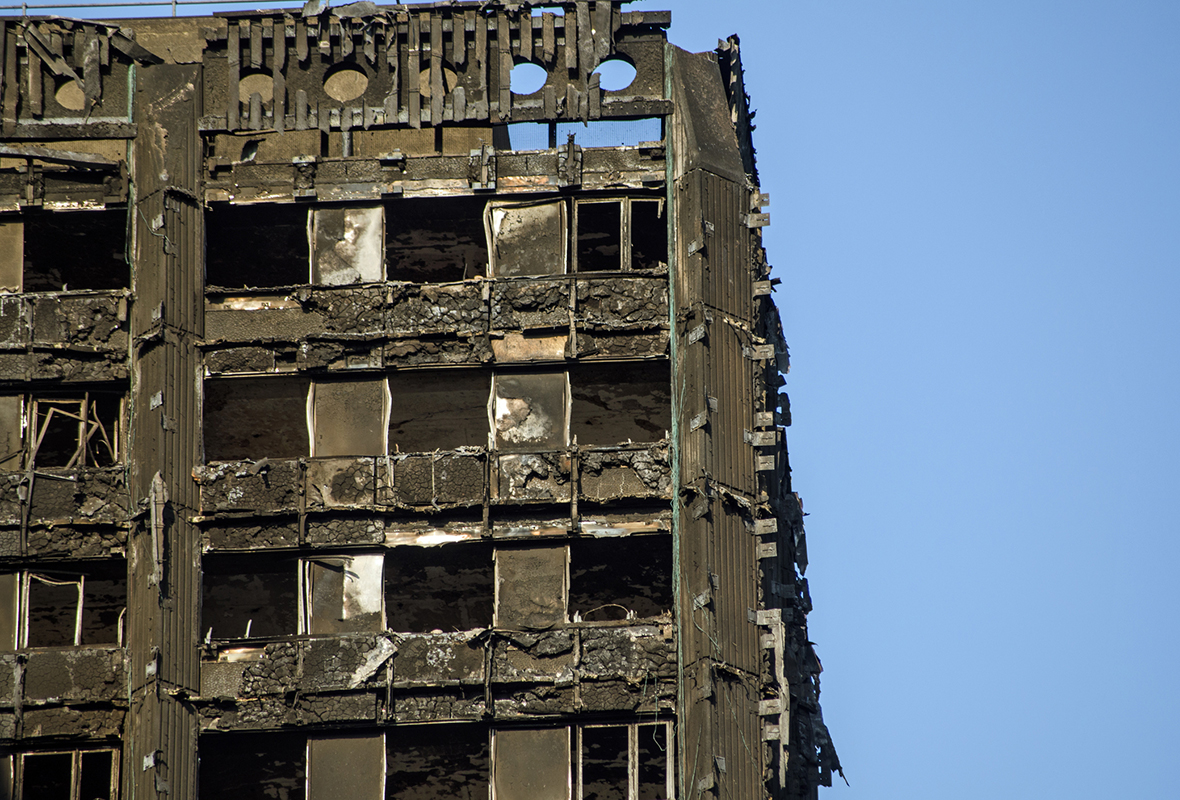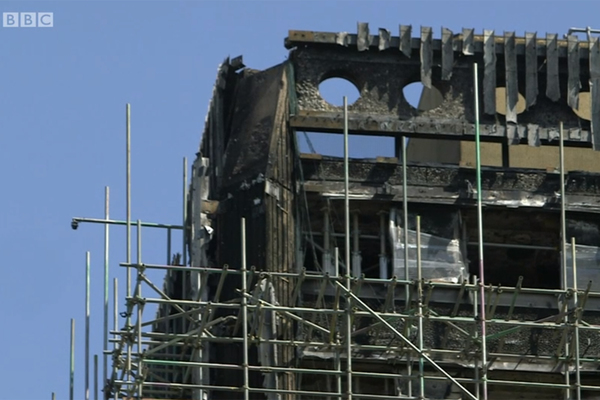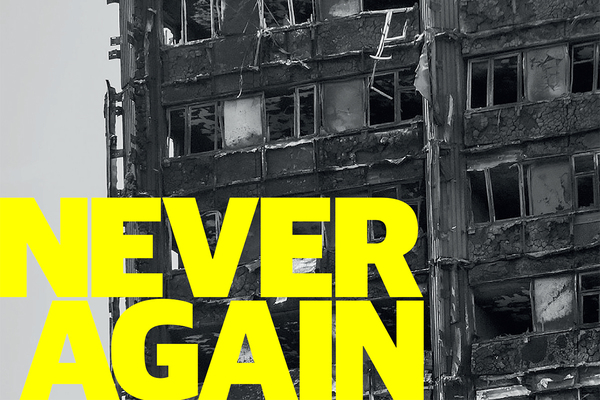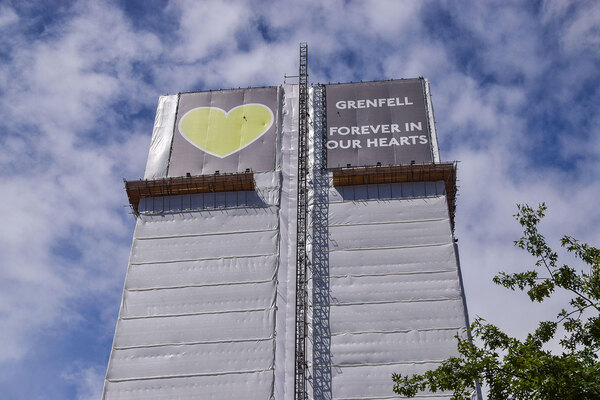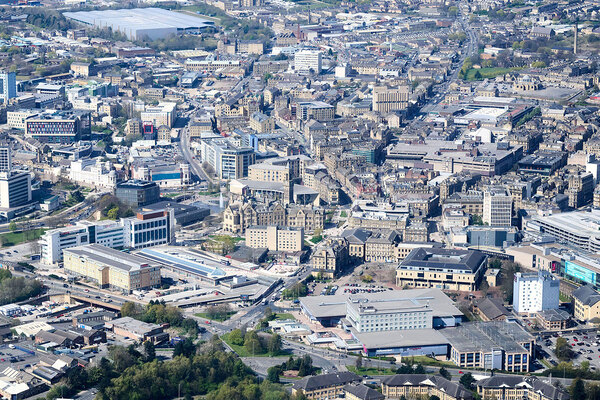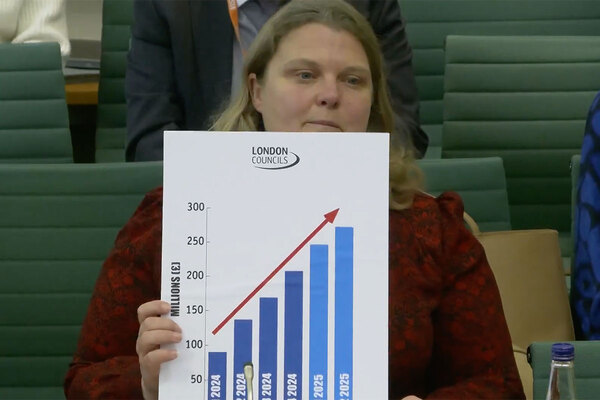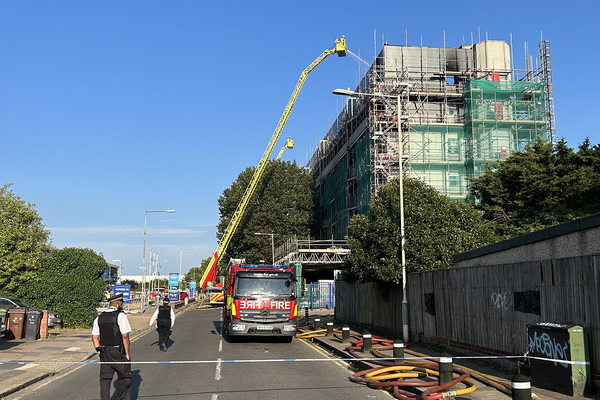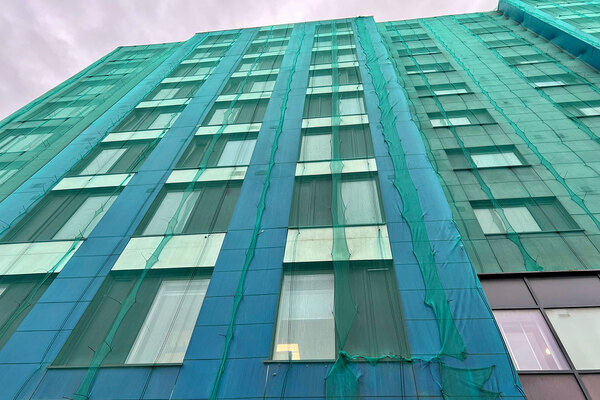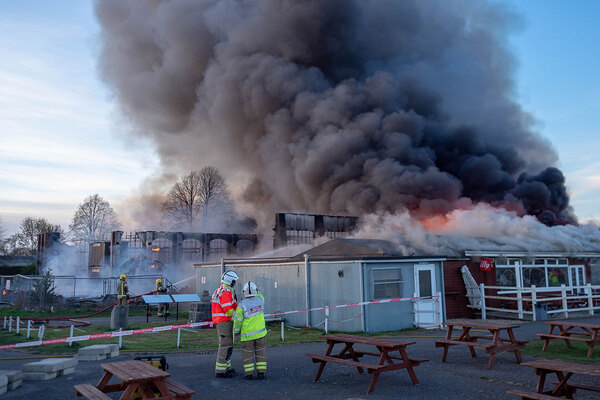Grenfell insulation still described online as suitable for use on high rises
The insulation used on Grenfell Tower is still described as suitable for high rises on many websites, including – as of yesterday – the site of the company which owns its manufacturer.
Celotex RS5000, a polyisocyanurate plastic insulation, has been in the spotlight since the Grenfell Tower blaze when it assisted the spread of the fire up the outside of the building.
This week it was the subject of a BBC Panorama documentary which claimed additional fire retardant had been added to the product before it passed a safety test in 2014. Celotex has said it is investigating the claims “as a matter of urgency”.
The manufacturer was also criticised in the programme for describing the material as “suitable for use on buildings above 18m” before Grenfell. It withdrew the product from sale in June.
As a combustible plastic, it was not permitted on buildings of this height except in the very specific combination of materials it was tested with in 2014 under official guidance. A desktop study may also have been used to clear it for use.
Inside Housing has discovered several instances where this description is still being used for the product. There is also a page on the website of Saint-Gobain, the French building materials giant which owns Celotex. It is a news article announcing the launch of the product.
At 6pm yesterday that page said: “Celotex RS5000 has successfully tested to BS 8414-2:2005, meets the criteria set out in BR 135, and therefore is acceptable for use in buildings above 18 metres in height.”
The main webpage for the product on Celotex’s website has been updated with the latest information about the product since June.
The company said it planned to update the Saint-Gobain page to flag the issues more clearly.
Other third-party websites continue to state it is suitable for use on these buildings, with the websites still offering the product for sale. However, when Inside Housing contacted them they said it had been withdrawn.
A spokesperson for Celotex said: “Celotex took the decision to suspend the sale of RS5000 on 23 June 2017, and has not supplied it or marketed it to any customers since that date. The suspension has been clearly flagged across the website, and we immediately wrote to our customers to make them aware of the decision.
“The link on the Saint-Gobain website was a news article published at the time of the launch of the RS5000 product. It is not seeking to market the product to customers. It is important for us that in our desire to be open and transparent we do not remove online material that relates to RS5000. This has been our approach.
“However, we will be placing a clear flag on this item regarding the suspension of the product, referring viewers to our Celotex statement on the matter.”
Celotex RS5000 is understood to be one of the most popular insulation materials on the market. A National House Building Council guidance note, published in 2016 and withdrawn after the Grenfell Tower fire, described it as “among the most common wall and façade types” and said it would clear it for use as a result in certain combinations without even requiring a desktop study.
Arnold Tarling, a chartered surveyor and fire safety expert, told Inside Housing: “It is one of the market-leading products. If social landlords have it installed on one of their buildings, they need to look closely at what materials it is being used with and get the combination tested if necessary.”
Never Again campaign
In the days following the Grenfell Tower fire on 14 June 2017, Inside Housing launched the Never Again campaign to call for immediate action to implement the learning from the Lakanal House fire, and a commitment to act – without delay – on learning from the Grenfell Tower tragedy as it becomes available.
One year on, we have extended the campaign asks in the light of information that has emerged since.
Here are our updated asks:
GOVERNMENT
- Act on the recommendations from Dame Judith Hackitt’s review of building regulations to tower blocks of 18m and higher. Commit to producing a timetable for implementation by autumn 2018, setting out how recommendations that don’t require legislative change can be taken forward without delay
- Follow through on commitments to fully ban combustible materials on high-rise buildings
- Unequivocally ban desktop studies
- Review recommendations and advice given to ministers after the Lakanal House fire and implement necessary changes
- Publish details of all tower blocks with dangerous cladding, insulation and/or external panels and commit to a timeline for remedial works. Provide necessary guidance to landlords to ensure that removal work can begin on all affected private and social residential blocks by the end of 2018. Complete quarterly follow-up checks to ensure that remedial work is completed to the required standard. Checks should not cease until all work is completed.
- Stand by the prime minister’s commitment to fully fund the removal of dangerous cladding
- Fund the retrofitting of sprinkler systems in all tower blocks across the UK (except where there are specific structural reasons not to do so)
- Explore options for requiring remedial works on affected private sector residential tower blocks
LOCAL GOVERNMENT
- Take immediate action to identify privately owned residential tower blocks so that cladding and external panels can be checked
LANDLORDS
- Publish details of the combinations of insulations and cladding materials for all high rise blocks
- Commit to ensuring that removal work begins on all blocks with dangerous materials by the end of 2018 upon receipt of guidance from government
- Publish current fire risk assessments for all high rise blocks (the Information Commissioner has required councils to publish and recommended that housing associations should do the same). Work with peers to share learning from assessments and improve and clarify the risk assessment model.
- Commit to renewing assessments annually and after major repair or cladding work is carried out. Ensure assessments consider the external features of blocks. Always use an appropriate, qualified expert to conduct assessments.
- Review and update evacuation policies and ‘stay put’ advice in the light of risk assessments, and communicate clearly to residents
- Adopt Dame Judith Hackitt’s recommended approach for listening to and addressing tenants’ concerns, with immediate effect
CURRENT SIGNATORIES:
- Chartered Institute of Housing
- G15
- National Federation of ALMOs
- National Housing Federation
- Placeshapers
